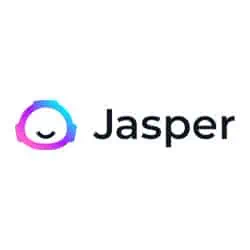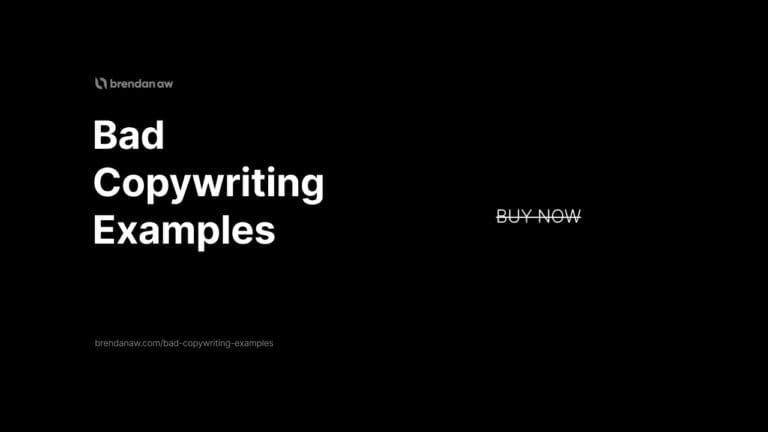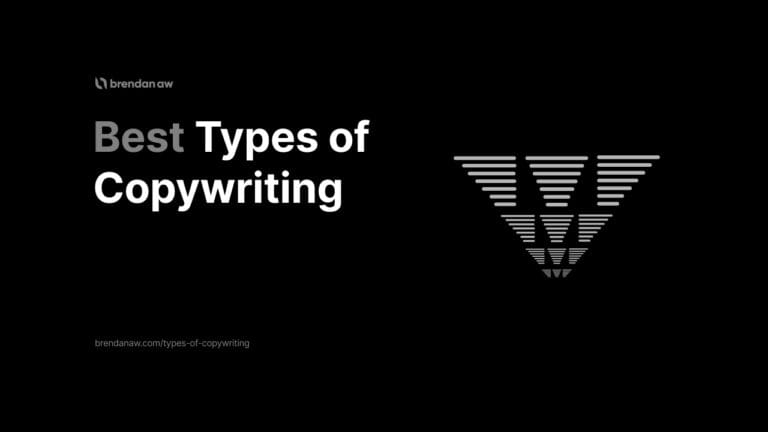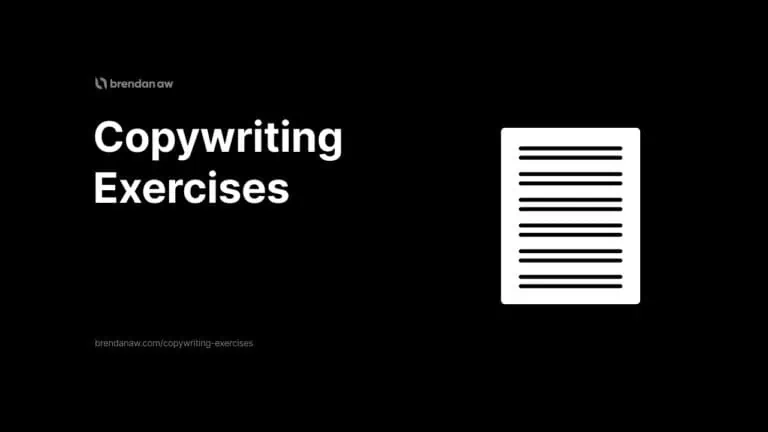Ever felt like your copy just doesn’t flow right, no matter how hard you try?
That’s where the lesser-known art of “Copyboarding” comes in.
It’s what Agora Financial, a leading financial education publishing company uses to generate more than $100M yearly with their copy.
In this post, we’ll talk about everything you need to know about copyboarding.
And how you can get started implementing this strategy in your copywriting process.
So you can become a better copywriter than most people.
Key Takeaways
- Copyboarding helps you line up ideas clearly so readers can understand and follow along easily.
- It is a powerful tool for writers to organize their thoughts and plan content that flows smoothly from start to finish.
- By changing the way we look at customer doubts, copyboarding builds trust and persuades people to say “yes.”
- Using Agora Financial’s method, you create strong headlines that make complex technology like Bluetooth seem simple.
What Is Copyboarding?
Copyboarding is a methodical approach to conceptualizing and writing copy inspired by the storyboarding process in media.
Storyboarding is creating a series of drawings with directions and dialogue to show planned shots for different scenes.
These drawings are lined up like a comic strip.
And helps directors see how the story flows, scene changes, camera angles, and how visuals work with the story.
“But I’m a copywriter, how does this relate to me?”
You don’t need to draw illustrations to plan a copy. But you want to embrace the idea of visualizing your idea before you start writing a word.
Do this by breaking down your sales idea into smaller, manageable messages.
This will make it easier to craft a persuasive narrative.
Here’s an almost-long 2-hour video on how Agora Financial teaches their new copywriters:
If you have some time, watch the whole thing.
Why Copyboarding Works?
Copyboarding works because it forces you to visualize and validate your sequence of ideas before you start writing your copy.
This process will help you:
- Stay on track
- Create a coherent flow of ideas
- Address common objections before they come
The key to a pain-free, fast, and effective writing phase is a well-thought-out messaging structure and hierarchy.
And this is exactly what you get with copyboarding.
Also, the outline you’ll create with this process will allow you to identify potential issues and make adjustments before committing to the actual writing.
How To Copyboard?
Agora’s success with copyboarding can be attributed to its five-step method.
But I modified it slightly to 4 steps for simplicity.
Here’s a breakdown:
1. Find Your Big Idea
Every successful copy starts with a compelling big idea.
You can find yours by studying your product or service.
I’d start by listing every feature and fact about it. Then, I will assess which features are unique to my offer.
The “big idea” usually comes from identifying your unique selling proposition and clearly defining the problem you solve and who you solve it for.
2. Craft an Irresistible Promise
Once you have your big idea, the next step is to formulate a promise that resonates with your audience.
Consider your readers’:
- Needs
- Desires
- Or pain points
This formula can help you craft a promise that offers them a solution that they can’t resist.
[Big relevant benefit] and [this is why it works]
To see this in action…
Transform your passion into profit with this step-by-step, practical plan I used to scale my content creation side hustle.
3. Identify and Address Objections
People will have objections to your offer especially if you’re just starting.
So you have to anticipate your audiences’ potential doubts or concerns.
My favorite place to find customer objections is product reviews. If you’re writing copy to sell your book, examine the best-selling books in your industry.
Then head on to the reviews on each of them.
People share what they liked and didn’t like in these comments so you grab your notes. Especially the ones that they didn’t necessarily like.
That’s how you find a gap in the market that your product would ideally fill in.
4. Create Your Outline
In the previous steps, we’re essentially collecting our puzzle pieces. Now it’s time to put them all together.
Keep this phrase in mind when creating the flow of your copy.
“Tell them what you’re going to tell them. Tell them. Tell them what you told them.”
Lead
I’d like to start a copy by hooking my audience with a powerful statement or question that revolves around my big idea.
But I won’t reveal everything in that introduction.
Not at this point.
The goal of this lead is to tease the readers to read the next line.
Body Copy
Then once you’ve gotten them intrigued, expand on the big idea in your body copy.
Provide a bit more detail about the core concept. You can start reinforcing your claims with evidence.
Do that by sharing relevant statistics, stories, or examples. This is also the section where you want to inject and revisit potential objections.
Reassure your readers by briefly addressing any lingering concerns.
Conclusion
Summarize your key points. And start seamlessly transitioning to your call to action.
When writing your CTA you have to define the next steps clearly.
Make it stupid-easy for your audience to know what action to take.
To Sum Up
Follow this step-by-step guide to create a comprehensive and well-organized outline that serves as the roadmap for your copy.
Remember, Copyboarding is not some magical system.
It’s a structured planning process taken from visual storytelling and applied to copywriting.
It can also be used with popular copywriting frameworks and is not a substitute for not practicing copywriting.
Continue tweaking until you achieve a seamless process that helps suit exactly your workflow.











